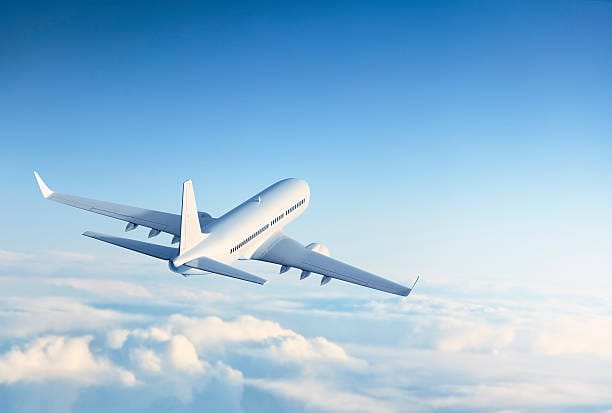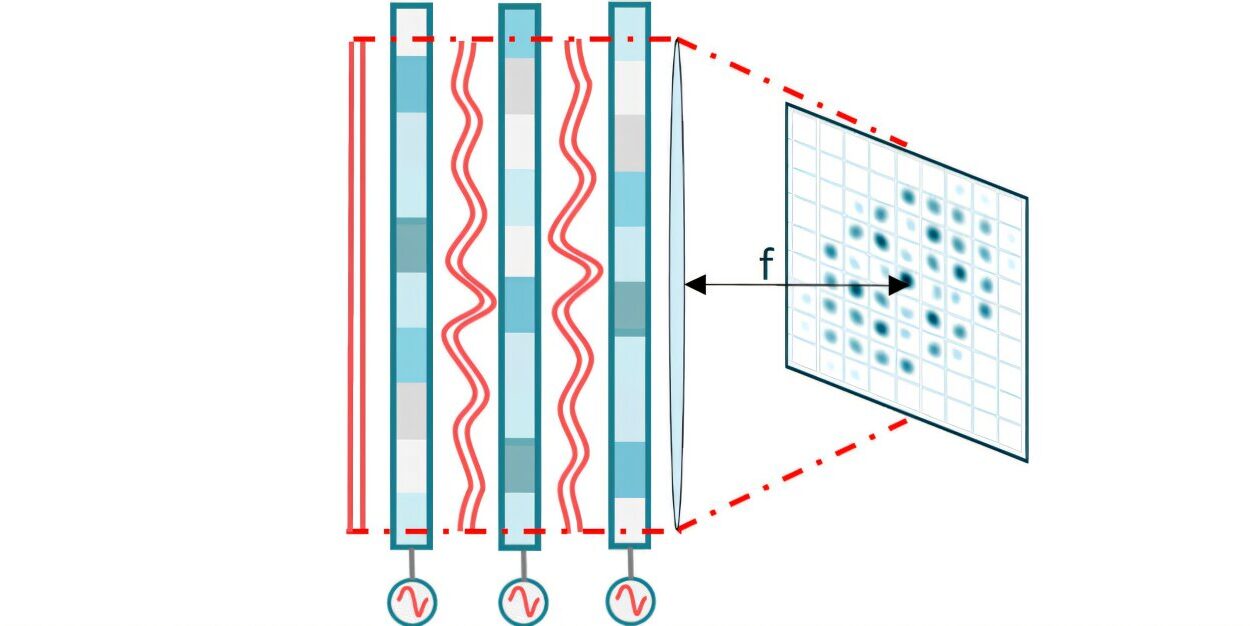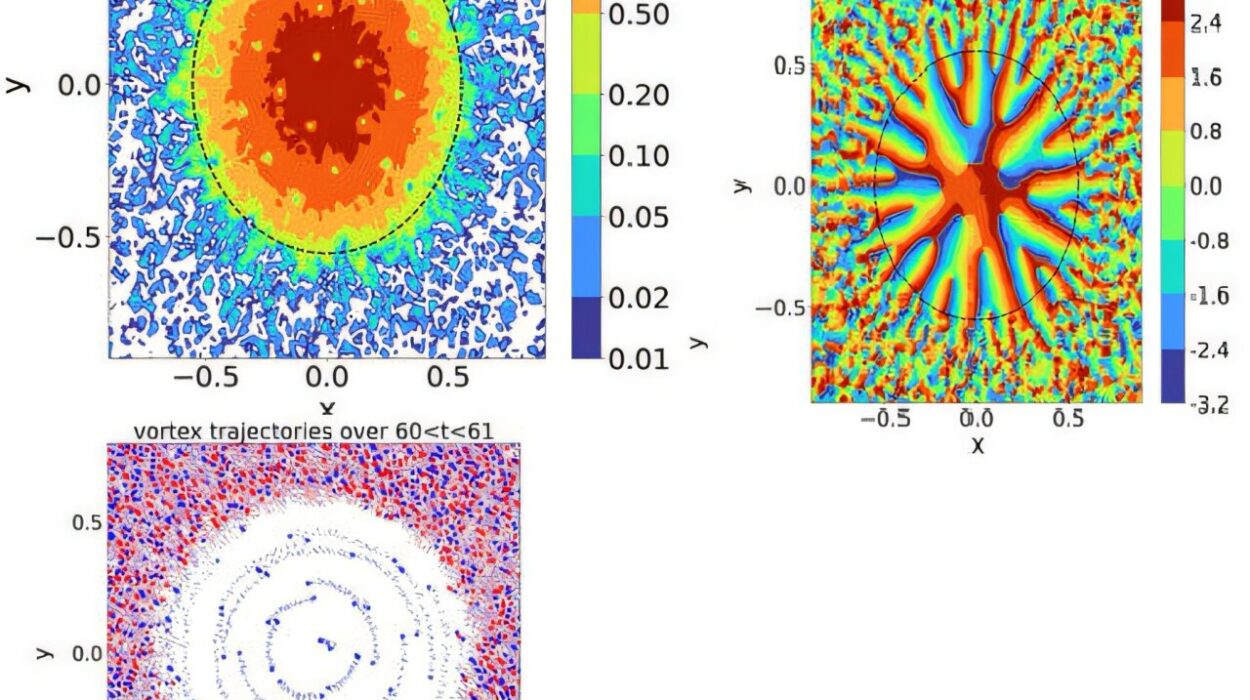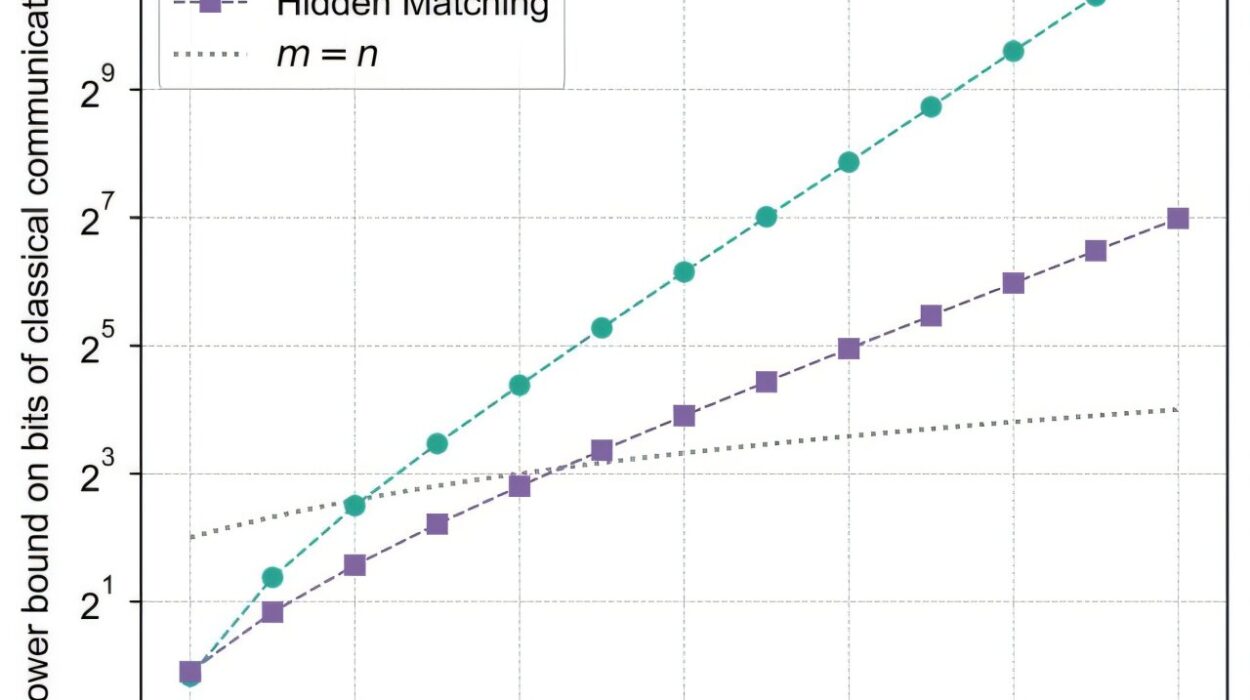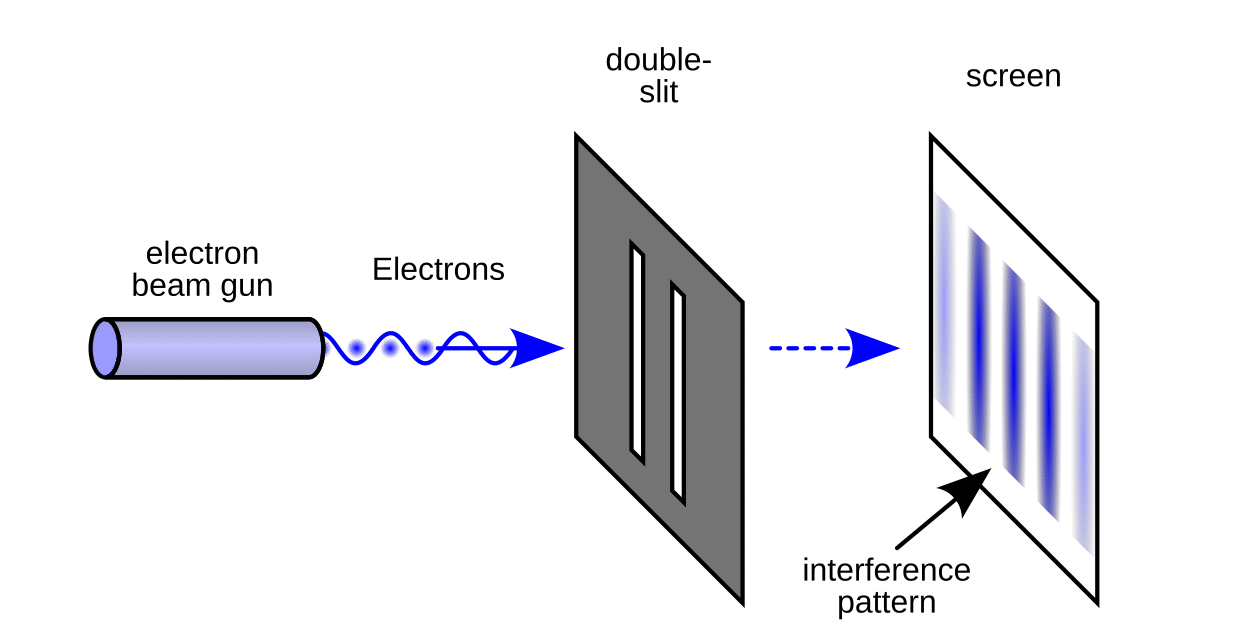From the moment early humans first looked up and saw birds soaring freely across the sky, flight became one of our most powerful and poetic obsessions. The idea of defying gravity—of leaving the Earth and floating above it—was once reserved for gods, myths, and dreams. But today, thousands of airplanes rise into the sky each hour, crossing continents with effortless grace, bearing people, cargo, and the lifeblood of our global civilization.
How did this miracle become possible? What invisible hands hold an airplane in the sky? To answer that, we must look not just at the metal and engines, but at the very physics that governs the air itself. The principles of flight are not magic—they are elegant, complex, and deeply rooted in the language of science. Once understood, they reveal how we humans transformed one of nature’s most impossible wishes into one of its greatest realities.
The Medium of Flight: Air as a Fluid
Before we can understand how planes fly, we must understand the air they move through. To the naked eye, air seems invisible and weightless, almost like nothing at all. But air is something—a mixture of gases composed mostly of nitrogen and oxygen. Though it feels intangible, it has mass and can exert forces.
Air is also a fluid, much like water. It flows. It has pressure and density. And just like water, it can be manipulated, shaped, compressed, and accelerated. It responds to forces and obeys the laws of physics. Air is the sea in which planes swim.
When we build an aircraft, we’re not just building a machine. We’re designing a structure that will dance with air, cutting through it with precision, generating forces that must overcome gravity and resistance. That invisible medium becomes a partner in flight—a partner governed by science, but responsive to design.
The Four Forces That Rule the Sky
Every object in flight is subject to four fundamental forces: lift, weight, thrust, and drag. They form a delicate and dynamic balance. If one overpowers the other, the airplane will climb, fall, slow, or accelerate.
Weight is the most constant of these. It’s the downward force caused by gravity, pulling the airplane toward Earth. To fly, an aircraft must counteract this with an opposing force: lift.
Lift is the upward force generated by the wings. It must exceed or equal the aircraft’s weight to take off or stay in the air. But to generate lift, the plane must move forward through the air. That forward motion is provided by thrust, created by engines or propellers.
And then there’s drag—the resistance that air exerts against anything moving through it. Think of the way your hand feels when you wave it through water. The faster you go, the more resistance you feel. That’s drag in action.
In flight, these four forces engage in an unending tug-of-war. For an airplane to take off, thrust must overcome drag, and lift must overcome weight. To maintain level flight, the forces must balance. It’s a dynamic equilibrium, constantly adjusted by the pilot, the engines, the air conditions, and the shape of the aircraft itself.
The Wing: Where Lift Is Born
The secret of flight lies largely in the wing. Its design may seem simple at first—just a long, curved surface. But that shape is the product of deep aerodynamic insight.
Most airplane wings have a particular cross-sectional shape known as an airfoil. Viewed from the side, it looks like a teardrop: curved on top, flatter on the bottom, and tapered at the back. This asymmetry is crucial.
When an aircraft moves forward, air splits at the wing’s leading edge—some flows over the top, some under the bottom. Due to the wing’s curvature, the air over the top surface travels a longer path. According to the Bernoulli Principle, faster-moving air exerts less pressure than slower-moving air. So, the pressure on top of the wing drops, while the pressure beneath it remains higher. The result is an upward force—lift.
That’s the basic idea. But lift is more complex than just Bernoulli. The angle at which the wing meets the oncoming air—the angle of attack—also plays a key role. When this angle increases (up to a point), the airflow is deflected downward, and, by Newton’s Third Law, an equal and opposite force pushes the wing upward.
In essence, the wing doesn’t just glide on air; it actively manipulates it, creating pressure differences and downward airflow that combine to push the plane upward.
Engines and Thrust: Powering Through the Sky
To keep the air moving over the wings, the aircraft must move forward. This forward motion comes from thrust.
In early airplanes, thrust came from spinning propellers, driven by piston engines. These blades act like rotating wings, pulling air backward and propelling the plane forward in response. Even today, many small aircraft and turboprops use this method.
Modern jet engines, however, use a different principle. They work on Newton’s Third Law: for every action, there is an equal and opposite reaction. In a jet engine, air is sucked in at the front, compressed, mixed with fuel, ignited, and expelled at high speed through the back. The backward blast of gas pushes the engine—and the plane—forward.
Some engines, like turbofans, combine the efficiency of a propeller with the power of a jet, using large fan blades to generate thrust while still relying on jet combustion. The result is a quieter, more fuel-efficient engine suited to commercial aviation.
Without thrust, a plane has no motion, and without motion, it has no lift. Thrust is the heartbeat of flight, enabling wings to function and altitude to be gained.
Fighting Resistance: The War Against Drag
As a plane moves through the air, it must also contend with drag—the invisible hand of air resistance that tries to slow it down.
There are several kinds of drag. Parasitic drag is caused by the aircraft’s shape and surface roughness. Sharp corners, antennae, or even poorly aligned rivets can increase this kind of drag. Form drag results from the general shape of the aircraft, while skin friction arises from the air rubbing against the aircraft’s surface.
Then there’s induced drag, which is a byproduct of lift itself. As air flows over the wing, vortices form at the tips due to pressure differences, creating swirling trails of air that generate resistance. These wingtip vortices are energy lost to the air.
To reduce drag, aircraft are designed to be sleek and smooth. Engineers use computational fluid dynamics and wind tunnels to perfect the contours. Some aircraft even have special devices, like winglets, to minimize wingtip vortices and save fuel.
Reducing drag isn’t just about speed—it’s about efficiency, fuel savings, and environmental responsibility. The less drag, the less power needed, and the more sustainable the flight.
Stability and Control: Mastering the Dance
An airplane isn’t just about going up—it’s about staying balanced. In the air, the aircraft moves in three dimensions, controlled by its surfaces and its pilot.
Flight happens in three axes: pitch, roll, and yaw.
Pitch refers to the nose moving up or down, controlled by the elevator, a small horizontal surface at the rear of the plane. Roll is the tilting of wings from side to side, governed by ailerons, flaps on the trailing edge of each wing. Yaw is the sideways turning of the nose, steered by the rudder, mounted vertically on the tail.
Together, these control surfaces let the pilot maneuver through space with grace and precision. But these controls also interact with natural stability—how the plane responds to disturbances like turbulence or wind. A well-designed aircraft wants to return to level flight after a bump. It doesn’t fight the pilot—it works with them.
Engineers build stability into the airframe through careful design, weight distribution, and surface placement. A stable airplane is easier to fly, less tiring to control, and safer in rough air.
Takeoff and Landing: Thresholds of Flight
The moments when a plane leaves the Earth and returns to it are the most dramatic—and the most complex. Takeoff requires accelerating down a runway until the wings generate enough lift to overcome weight. Landing requires the opposite: reducing speed and lift gradually while maintaining control.
During takeoff, pilots increase engine power, often to full thrust. The aircraft gathers speed. The pilot pulls back gently on the control column, increasing the angle of attack. When lift exceeds weight, the plane rises.
Landing is more art than science. The plane must descend at a controlled rate, aligned precisely with the runway. Pilots use flaps to increase lift and drag at lower speeds, allowing steeper descents and slower approaches. Touchdown must be soft, stable, and on target.
These moments rely not just on physics, but on human judgment, skill, and timing. The margin for error is narrow. Pilots train extensively for these critical phases, using simulators and real-world practice to master the thresholds of flight.
Altitude and Airspeed: Navigating the Skies
Once airborne, an aircraft enters a world of variable air density, temperature, and pressure. As altitude increases, air becomes thinner—there are fewer molecules per volume. This affects both lift and engine performance.
Jets fly high—typically between 30,000 and 40,000 feet—because the air is smoother and thinner, reducing drag and improving fuel efficiency. But engines must be designed to operate in these low-pressure conditions, and cabins must be pressurized to keep passengers comfortable.
Airspeed is equally critical. Too slow, and the aircraft can stall—losing lift and dropping from the sky. Too fast, and structural damage or shock waves can occur. Pilots monitor indicated airspeed, adjusted for altitude and air density, to stay within safe limits.
Modern cockpits are equipped with instruments that measure speed, altitude, climb rate, and more. These instruments are the pilot’s compass in a realm where there are no roads—only the open sky.
Flight in a Changing World
The physics of flight haven’t changed. But the world in which we fly has. Aircraft have grown faster, quieter, and more efficient. Automation has reduced pilot workload, and GPS has replaced magnetic compasses and paper maps.
Supersonic travel, once the domain of Concorde, may return in new forms. Electric planes and hydrogen-powered jets are on the horizon. Drones have changed the definition of what an aircraft even is. And space tourism is pushing the boundaries of flight itself, turning sky into space and passengers into astronauts.
Yet even as technology evolves, the fundamental principles remain unchanged. Every aircraft must still generate lift, fight drag, balance thrust, and obey gravity.
Understanding these principles is more than academic—it is a window into how we’ve mastered the skies, and how we’ll keep exploring them in the future.
Conclusion: The Miracle We Made Real
Flight is not magic. It is science, deeply and rigorously applied. But to watch a heavy metal bird rise into the air, to feel the wheels leave the runway, to see the ground fall away beneath you—it still feels magical.
We’ve taken something once thought impossible and made it ordinary. Yet every plane that rises into the air is a triumph of human ingenuity, a testimony to physics, and a reminder that even gravity has limits when we dare to dream and understand.
As long as we continue to ask questions, test the air, and believe in the power of science, we will keep rising—further, faster, and higher than ever before.
